If you’ve ever stood quiet on a cold night along the Tug Fork—where West Virginia hugs up against Kentucky—you might’ve heard something that didn’t quite sit right. A low whistle in the distance. Iron wheels clanging on a track that don’t exist anymore. Folks around here call ’em ghost trains. Some say it’s just old stories. Others swear they’ve heard them with their own ears, seen lights in the trees where no train could go.
Truth is, these stories go way back. And they’re still happening today.
Where the Sightings Happen
Most reports come from deep in Mingo County. Warfield, Nolan, Matewan, Kermit—those old coal towns near the river. The sightings tend to follow the old Norfolk and Western line that used to run heavy through this part of the valley. These trains hauled coal out, day and night, with engines loud enough to shake your teeth. Most of those rails got pulled or abandoned decades ago, but the sounds never quite left.
Folks who live near the Tug Fork talk about hearing that whistle, soft at first, then growing louder, like it’s barreling down the track. But the track’s gone. Some hear the crunch of gravel under wheels. Some say they see a light—white or pale blue—drifting slow like a lantern, then gone in a blink.
One man from Naugatuck told me he saw a black train glide through the woods behind his house just last spring. No sound at first. Then the screech of brakes. No track there. Never was.
You’ll hear about these things most often in the early morning hours—around 3 or 4 a.m. That’s the same time coal trains used to pass through here before daylight, back when the tipples never stopped running.
Why People Think It Happens
The old folks say these trains are haunted by miners who never made it home. Accidents were common in the coal camps. A mine explosion in Bartley, 1940—91 men killed. The Buffalo Creek flood in 1972—killed 125, many buried alive. Some believe those souls are still looking for a way out, riding the train home over and over.
Others point to wrecks. There’s a story out of Sprigg about a train that jumped the rails during a night run in 1925, killing the engineer and two brakemen. Nobody really talks about it anymore, but there’s a cross still standing in the brush where the caboose rolled.
One woman in Lenore told me her grandfather used to say the mountains remember. Not just the people, but the sounds, too. He’d sit on his porch at dusk, sipping coffee, listening. “You hear that?” he’d say. “That’s a memory trying to come back.”
Stories That Stick
In 1986, a group of hunters near Breeden camped out by the river. Around 2 a.m., they heard what they thought was a train coming up fast. The sound was so real they jumped out of their tents, expecting to see lights. Nothing. One of them swears he felt the ground shake.
In 2002, a security guard at an old strip mine near Rawl was doing his rounds when he saw what he thought was a headlamp through the trees. He called it in. By the time backup arrived, the light had vanished. No sign of a train or tracks. Just crushed brush where something big had passed through.
Even younger folks have stories. A teenager from Delbarton posted on Reddit in 2021 about hearing “metal on metal” sounds near the old rail bed behind his house. He thought someone was salvaging scrap. When he went to check, he said he saw a shadow shaped like a railcar sliding through the trees.
The Landscape Holds Memory
This valley’s quiet now, but it wasn’t always. Back in the coal days, the train was everything. It brought in work. It took away the black rock that powered cities far off from here. You knew what time it was by when the train passed. You could smell the smoke. Feel the weight of it coming through.
That rhythm got in our bones. And maybe it never left.
Some scientists talk about “residual energy”—like a place holding onto a pattern and playing it back. I don’t know about all that. But I do know a lot of people have felt something strange along these ridges. You stand out there in the dark and it don’t feel empty. It feels like something’s still moving.
Why It Still Matters
These ghost trains aren’t just stories. They’re reminders of who we were. Of a time when the ground worked harder than most people do now, and the risk was part of the job. Miners climbed into dark holes not knowing if they’d come back. Railmen kept those engines moving no matter the weather, hauling coal down grades so steep it made your teeth grit.
The trains fed families. They took lives. They shaped every hollow in this valley. So when someone says they heard a train where no train should be, it’s not just a ghost story. It’s a memory. A warning, maybe. Or maybe just a part of this place that refuses to be quiet.
So next time you’re near the Tug Fork after dark, stop and listen. You might hear something you can’t explain. And if you do—don’t run. Just stand there a while. Ask yourself who or what might still be trying to get home.
Questions to Think About
Have you ever heard something strange you couldn’t explain—something that felt tied to a place?
What do you think places remember after people are gone?
Could these phantom trains be more than memory—maybe grief, or guilt, made real?
Appendix – Where to Learn More
- Mingo County Coal History: http://www.wvgenweb.org/mineral/coalmine.htm
- Norfolk & Western Railway Heritage: https://www.nwhs.org/
- Buffalo Creek Disaster Archives (Marshall University): https://mds.marshall.edu/buffalo_creek/
- WV Coal Mine Accident Reports: https://www.wvminesafety.org
- Reddit Thread Mentioning Delbarton Sighting: https://www.reddit.com/r/Appalachia/comments/nvsxym/ghost_trains_delbarton_wv/
- Local Folklore and Haunting Stories: https://wvexplorer.com


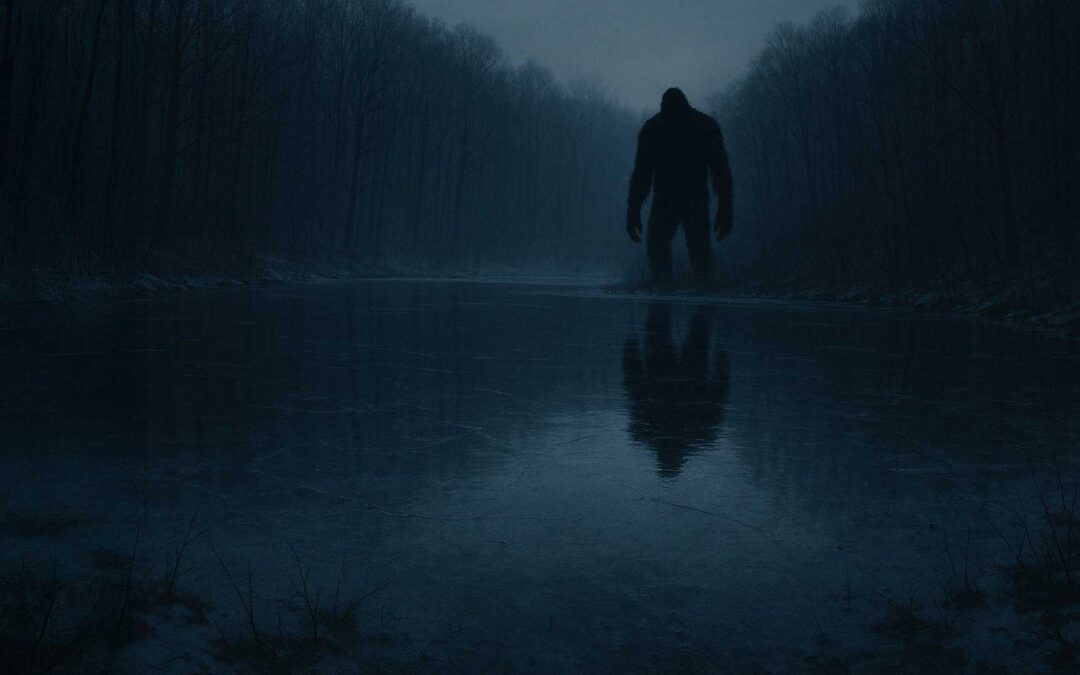
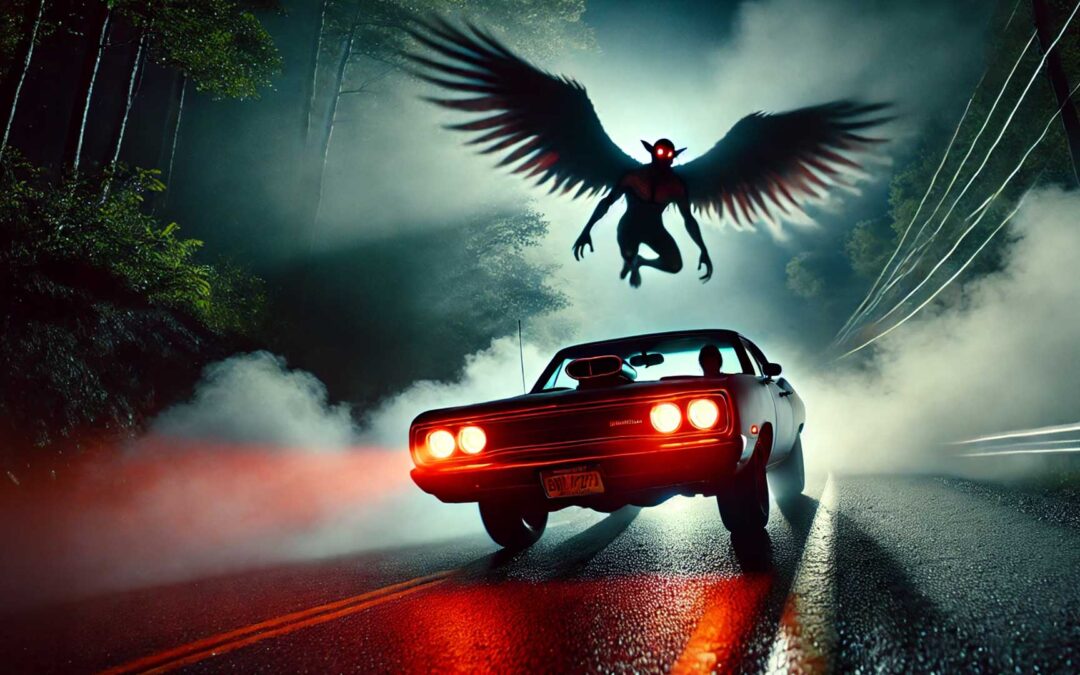

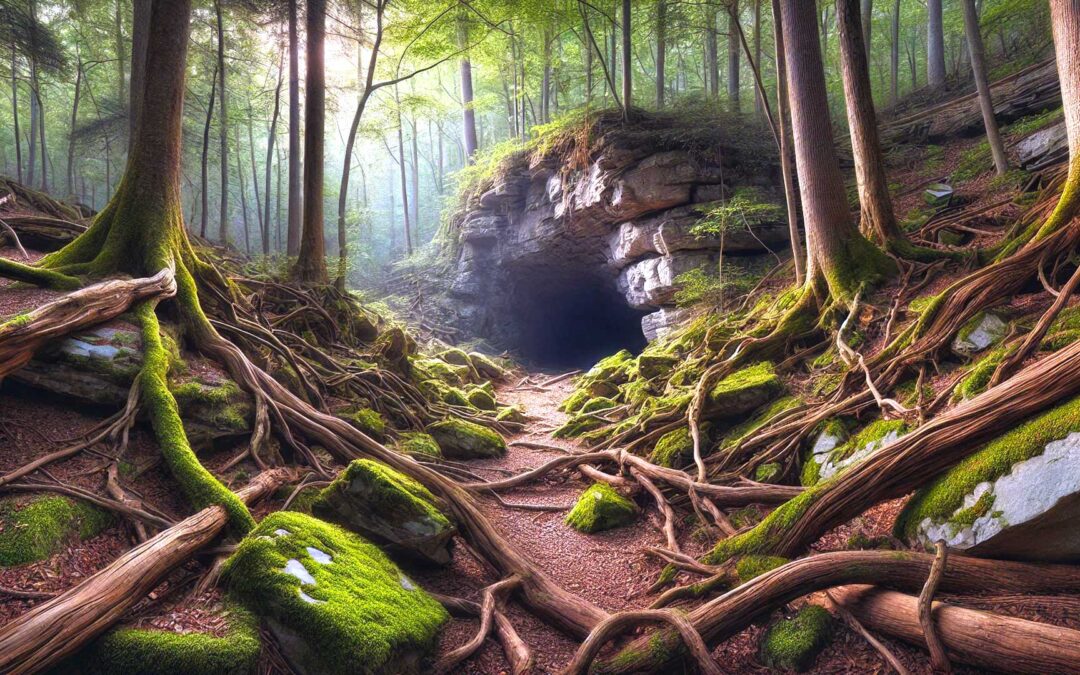
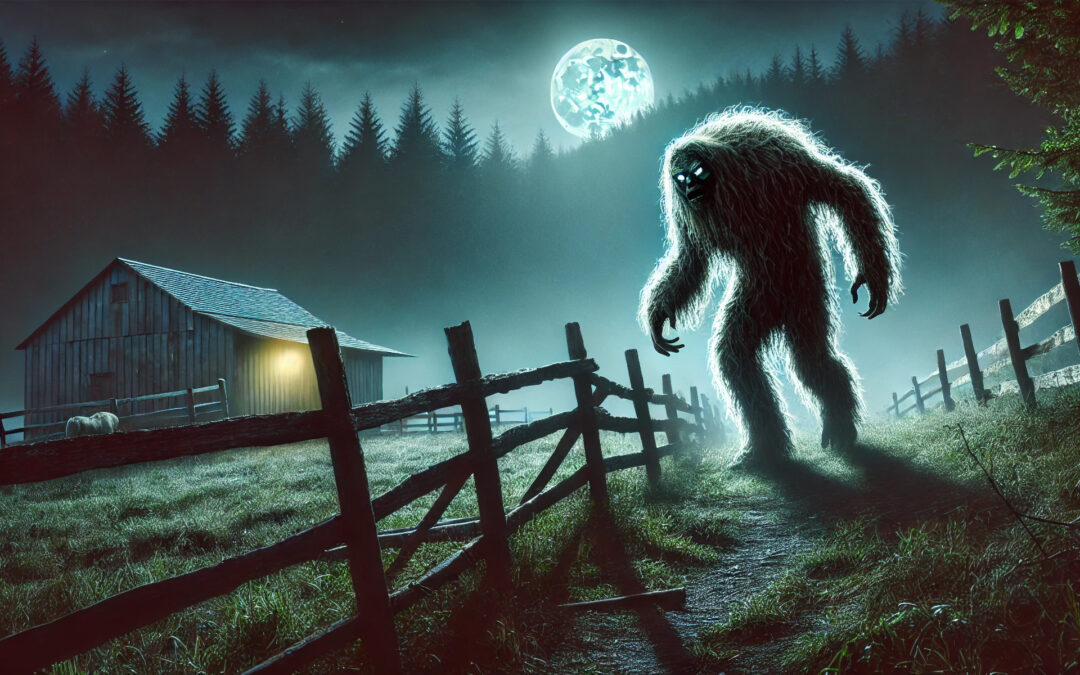


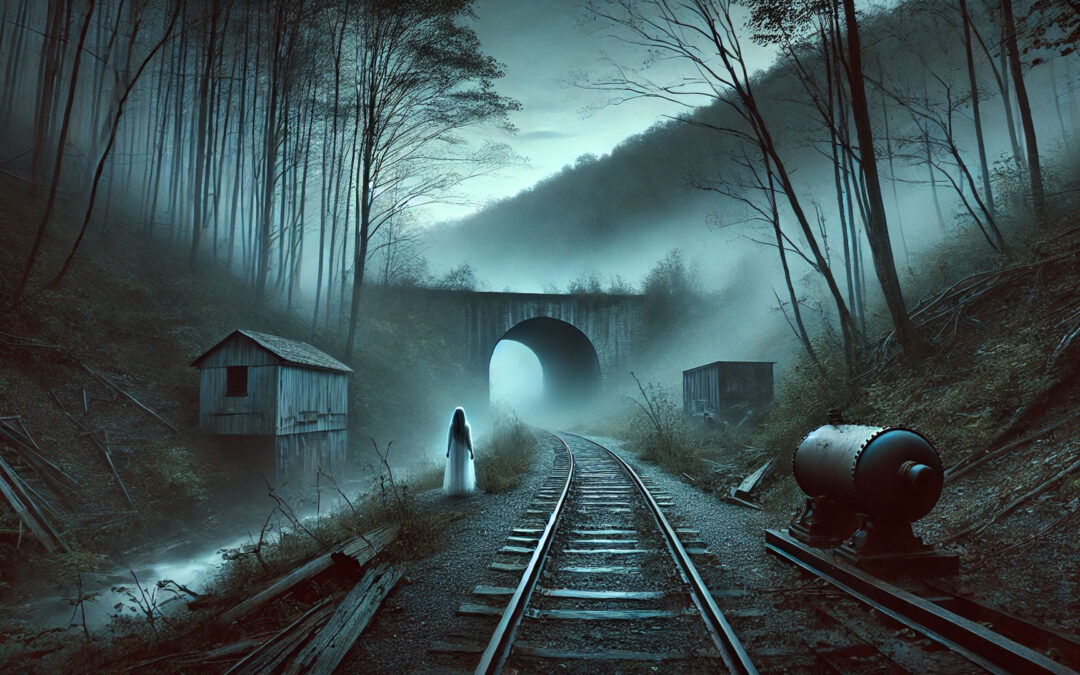



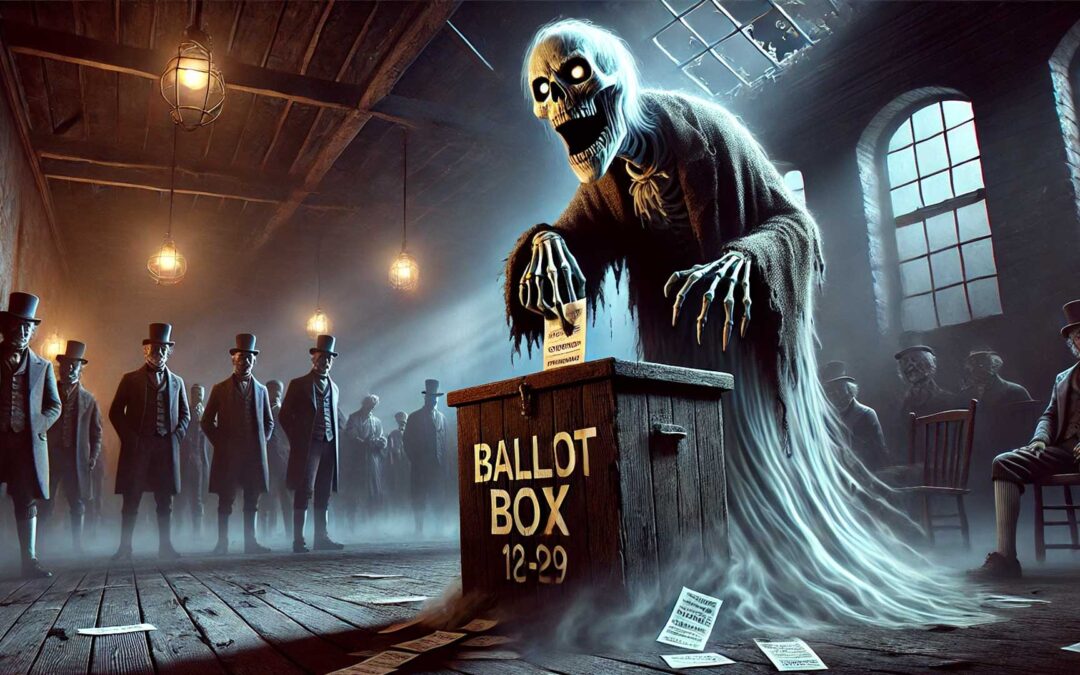
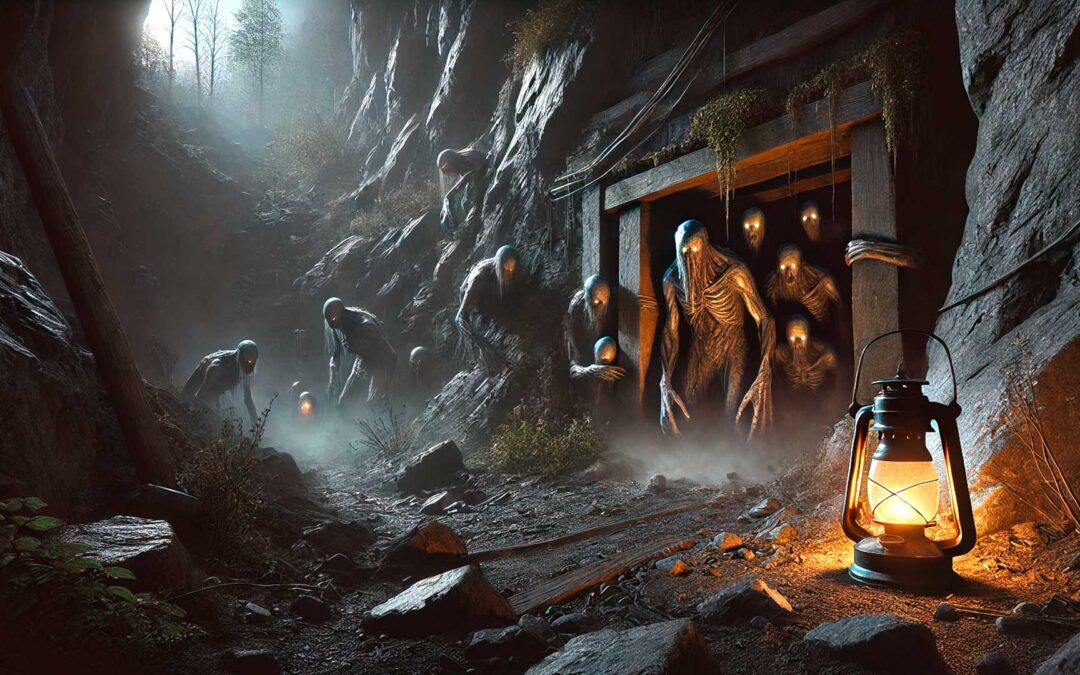
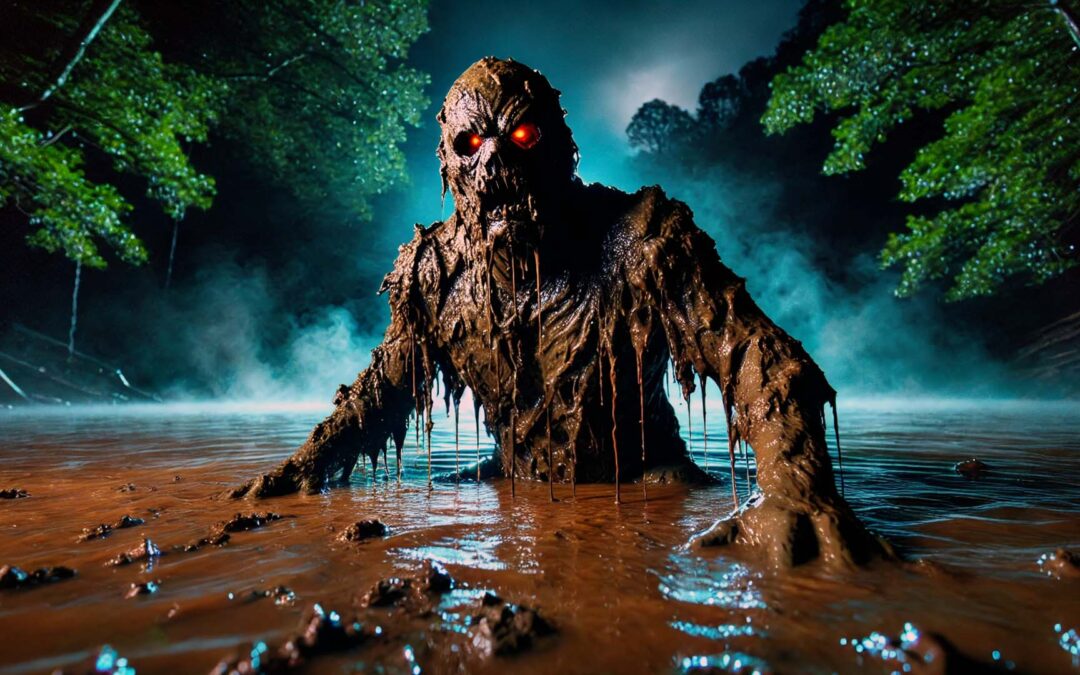
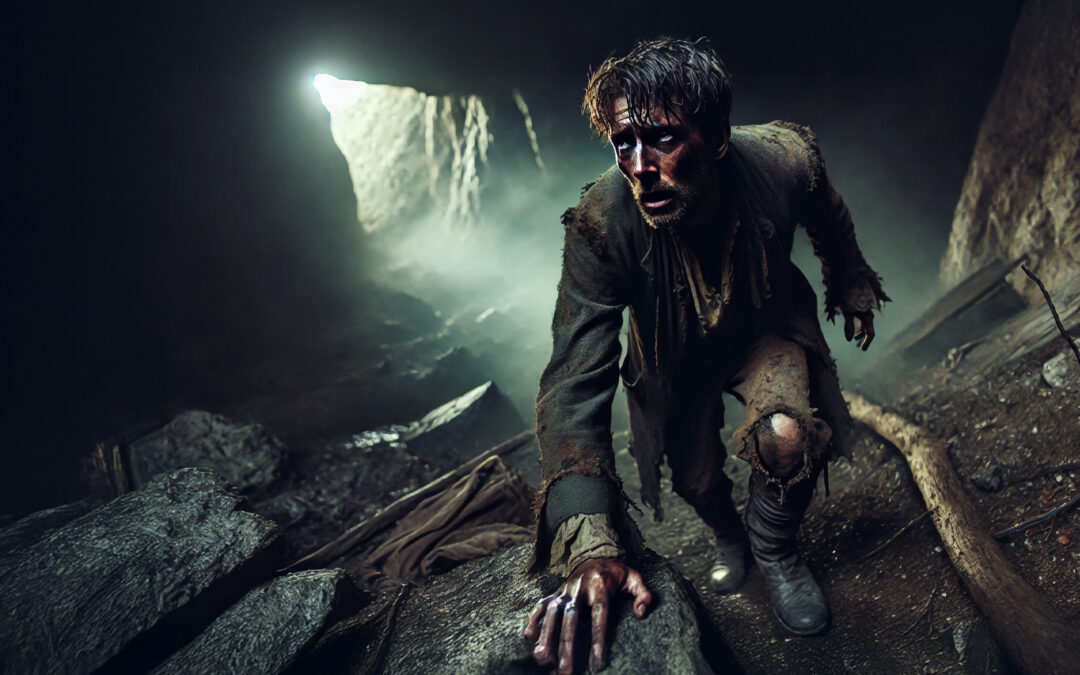






0 Comments